Legend has it that this was once a playground for the giants.
Great Zimbabwe is a ruined city in the southeastern hills of Zimbabwe near Lake Mutirikwe and the town of Masvingo. It was the capital of the Kingdom of Zimbabwe during the country’s Late Iron Age. Construction on the monument by ancestors of the Shona people began in the 11th century and continued until the 15th century, spanning an area of 722 hectares (1,780 acres) which, at its peak, could have housed up to 18,000 people. The ruined city became a national monument and was designated a World Heritage site in 1986.

The earliest known written mention of the ruins was in 1531 by Vicente Pegado, captain of the Portuguese garrison of Sofala.
“Among the gold mines of the inland plains between the Limpopo and Zambezi rivers there is a fortress built of stones of marvelous size, and there appears to be no mortar joining them…. This edifice is almost surrounded by hills, upon which are others resembling it in the fashioning of stone and the absence of mortar, and one of them is a tower more than 12 fathoms [22 m] high. The natives of the country call these edifices Symbaoe, which according to their language signifies court.“

Construction of the stone buildings started in the 11th century and continued for over 300 years. The ruins at Great Zimbabwe are some of the oldest and largest structures located in Southern Africa and they are the second oldest after nearby Mapungubwe in South Africa. Its most formidable edifice, commonly referred to as the Great Enclosure, has walls as high as 36 feet (11 m) extending approximately 820 feet (250 m), making it the largest ancient structure south of the Sahara Desert. David Beach believes that the city and its state, the Kingdom of Zimbabwe, flourished from 1200 to 1500, although a somewhat earlier date for its demise is implied by a description related in the early 1500’s to João de Barros. Its growth has been linked to the decline of Mapungubwe from around 1300, due to climatic change or the greater availability of gold in the hinterland of Great Zimbabwe. At its peak, estimates are that Great Zimbabwe had as many as 18,000 inhabitants. The ruins that survive are built entirely of stone; they span 7.3 square kilometers (1,800 acres).

According to UNESCO, the method of construction in Great Zimbabwe is unique in the continent’s architecture and although there are cases of similar work elsewhere, none are as exceptional and imposing as here.
The site is generally divided into three main areas: They are known as the Hill Complex, the Valley Complex and the Great Enclosure. The Hill Complex is the oldest and was occupied from the ninth to thirteenth centuries.
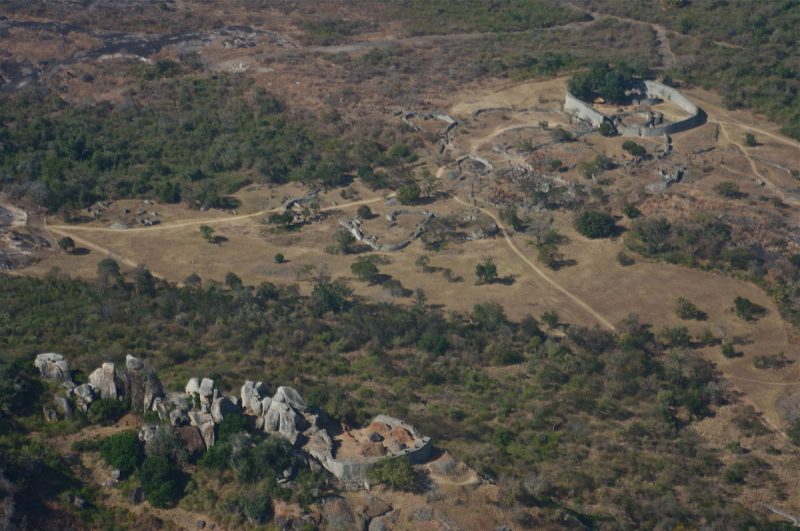
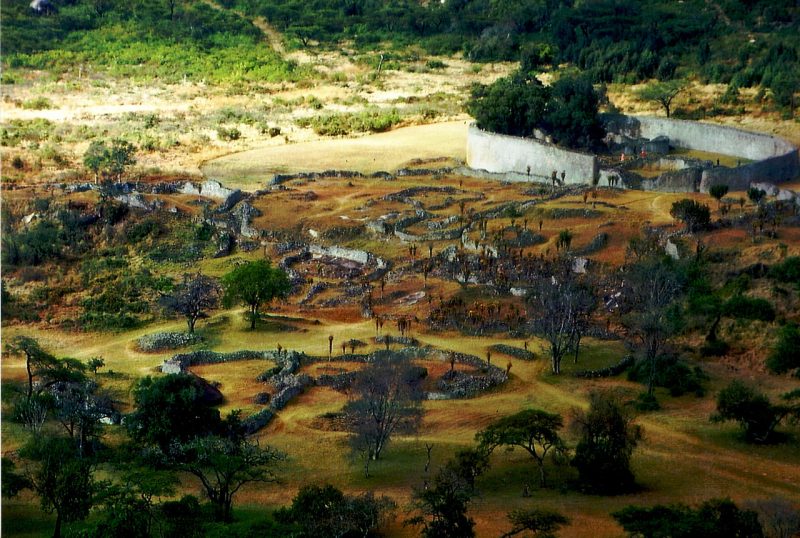
The Great Enclosure was occupied from the thirteenth to fifteenth centuries and the Valley Complex from the fourteenth to sixteenth centuries. Notable features of the Hill Complex include the Eastern Enclosure, in which it is thought the Zimbabwe Birds stood, a high balcony enclosure overlooking the Eastern Enclosure, and a huge boulder in a shape similar to that of the Zimbabwe Bird.
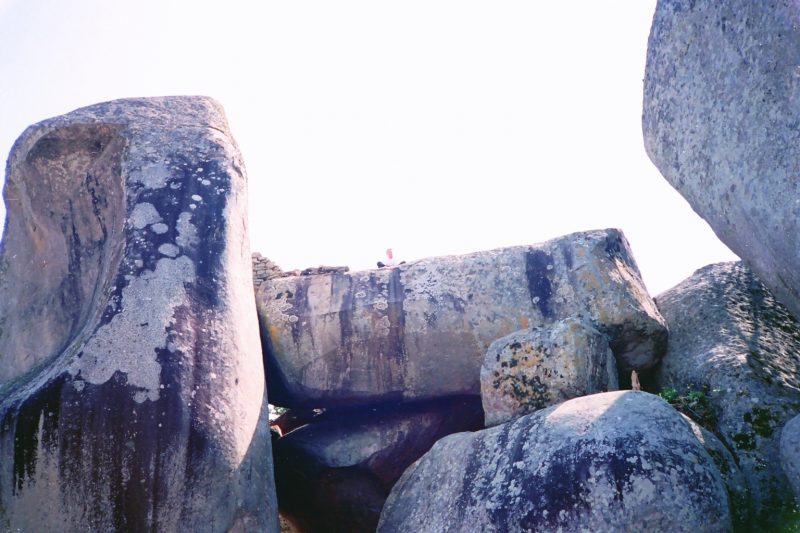
The Great Enclosure is composed of an inner wall, encircling a series of structures and a younger outer wall. The Conical Tower, 5.5 m (18 ft) in diameter and 9.1 m (30 ft) high, was constructed between the two walls. The Valley Complex is divided into the Upper and Lower Valley Ruins, with different periods of occupation.
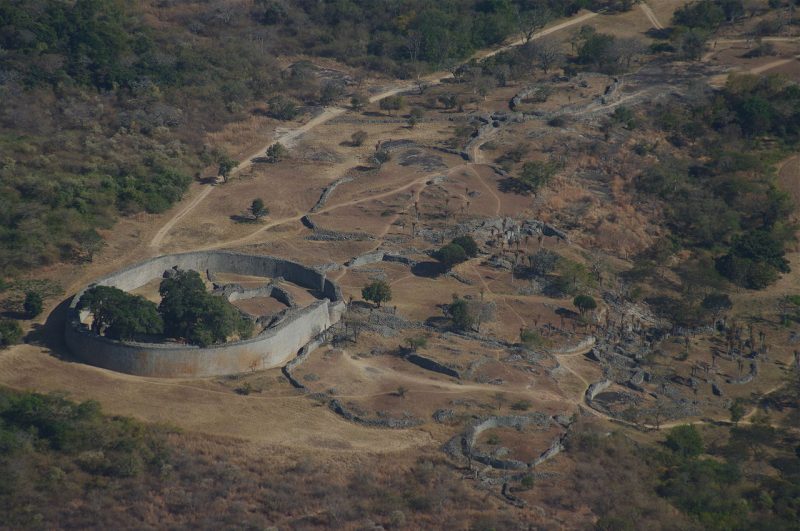
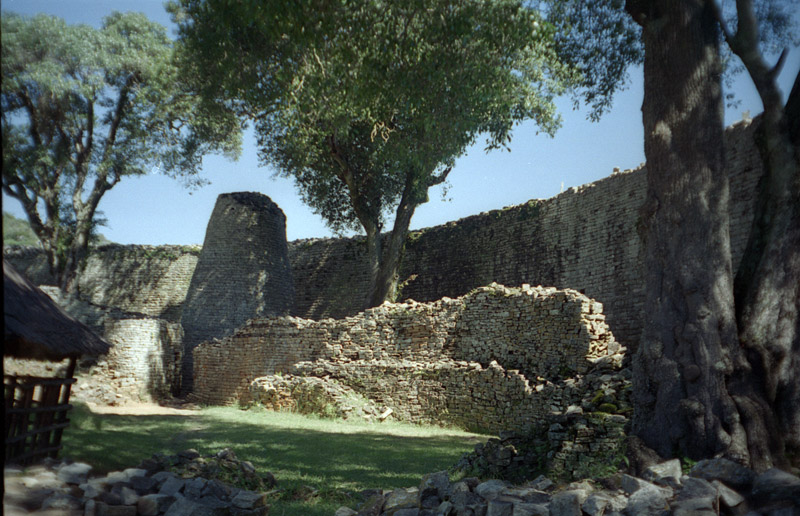
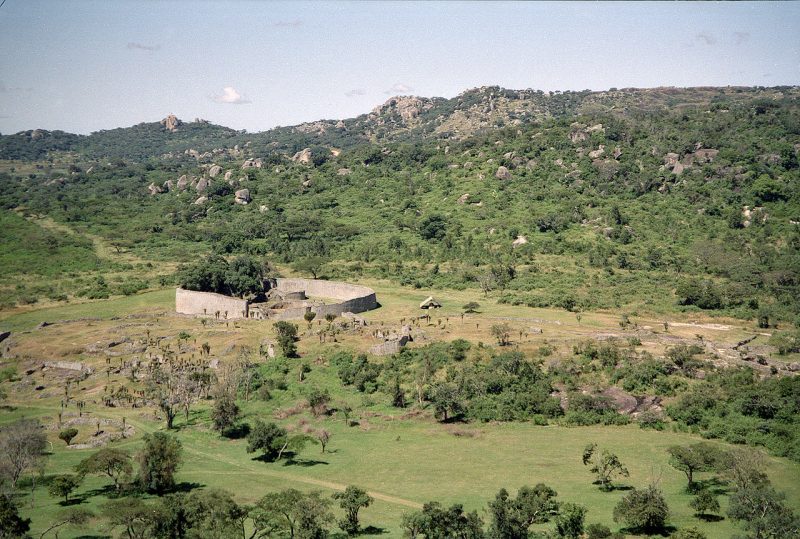
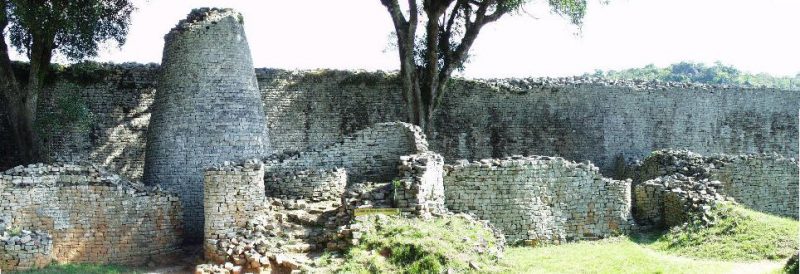
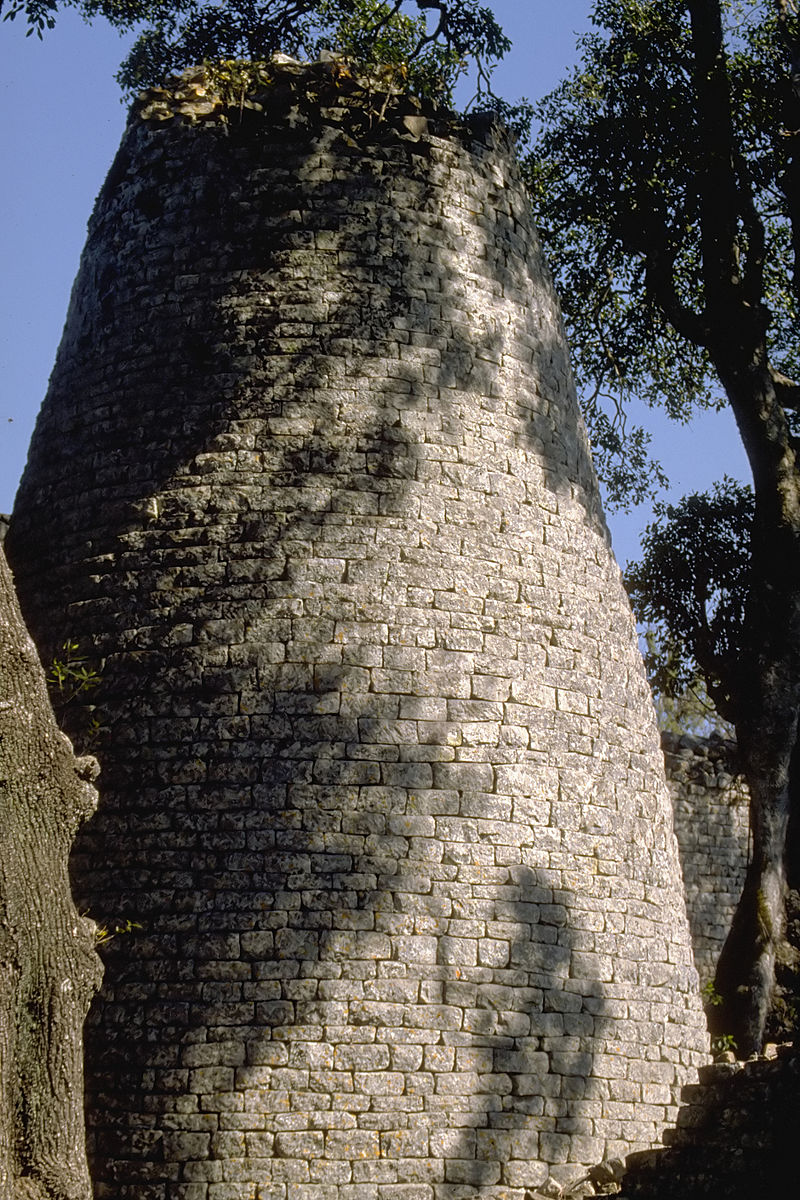
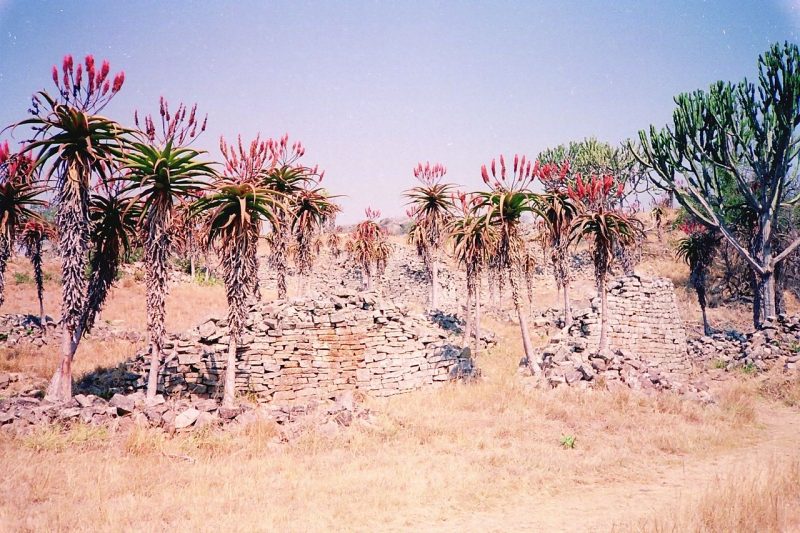
Causes for the decline and ultimate abandonment of the site around 1450 A.D. have been suggested as due to a decline in trade because of sites further north, the exhaustion of the gold mines, political instability and famine and water shortages produced by climatic change. The Mutapa state arose in the fifteenth century from the northward expansion of the Great Zimbabwe tradition, having been founded by Nyatsimba Mutota from Great Zimbabwe after he was sent to find new sources of salt in the north; (this supports the belief that Great Zimbabwe’s decline was due to a shortage of resources). Great Zimbabwe also predates the Khami and Nyanga cultures.
Some of the carvings had been taken from Great Zimbabwe around 1890 and sold to Cecil Rhodes, who was intrigued and had copies made which he gave to friends. Most of the carvings have now been returned to Zimbabwe, but one remains at Rhodes’ old home, Groote Schuur, in Cape Town.